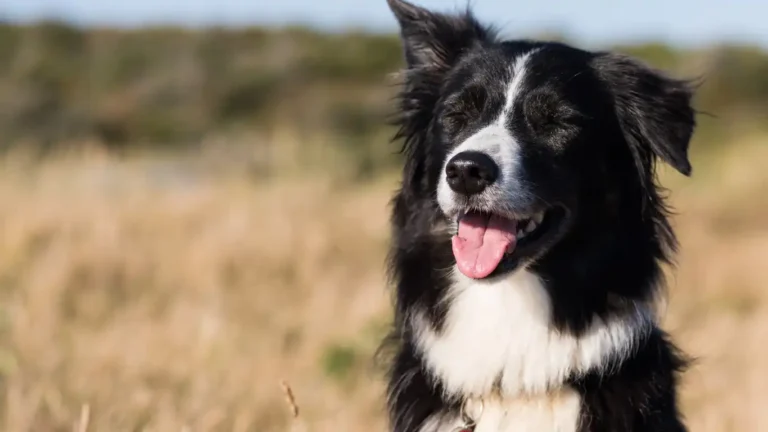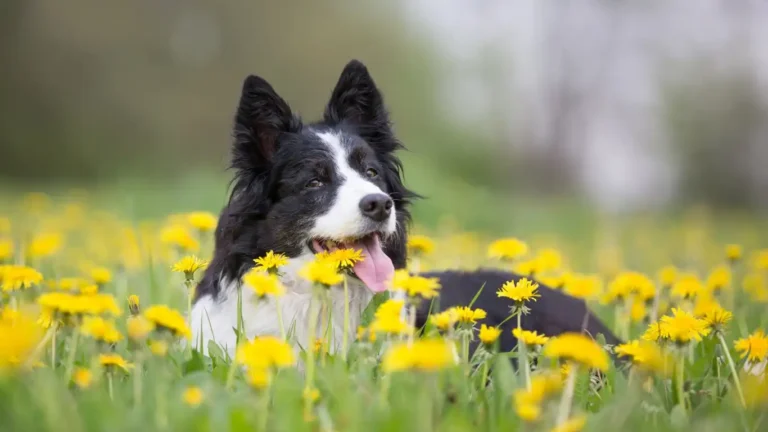Simple Ways to Help Senior Dogs Feel Better With Joint Care
As dogs get older, their bodies go through many changes—just like people. One of the most common issues senior dogs face is joint pain. You might notice your older pup slowing down, having trouble getting up, or not wanting to play like they used to. Taking care of your senior dog’s joints can help them stay comfortable and active for as long as possible. Understanding the signs, causes, and ways to help can make a big difference in your pet’s quality of life.
Understanding Joint Health in Senior Dogs
Joints are the places where two bones meet. They allow your dog to move, run, jump, and play. Each joint has cartilage, a smooth layer of tissue that cushions the bones and lets them glide easily. Around the joint is a fluid-filled capsule that keeps everything lubricated and moving smoothly.
As dogs age, their cartilage can wear down, and the fluid in their joints may decrease. This can lead to pain, stiffness, or swelling. These changes are often a part of the aging process, but they can also be made worse by injuries, excess weight, or certain diseases.
Knowing how your dog’s joints work can help you spot problems early and find the right treatment or support to keep them moving comfortably.
How Joint Function Changes Over Time
Healthy joints are essential for mobility. When everything is working well, your dog can easily get up from a nap, go for walks, and enjoy playtime. But when joints start to break down, these simple actions can become painful.
Arthritis is one of the most common joint problems in older dogs. It happens when the protective cartilage wears away, causing the bones to rub against each other. This can lead to inflammation, stiffness, and reduced movement.
Degenerative joint disease, another term for arthritis, often develops slowly. At first, you might only notice your dog being a little stiff in the morning. Over time, that stiffness can become more noticeable and affect their daily life.
Common Causes of Joint Problems in Senior Dogs
- Age: Natural wear and tear on joints as dogs grow older.
- Breed: Large breeds like Labradors, German Shepherds, and Golden Retrievers are more prone to joint issues.
- Weight: Extra weight puts more pressure on the joints, speeding up wear.
- Old Injuries: Past joint injuries can lead to arthritis later in life.
- Inflammation: Conditions like autoimmune diseases or infections can affect joint health.
- Poor Nutrition: A lack of nutrients important for joint and bone health can make problems worse.
If your dog has one or more of these risk factors, it’s important to monitor their joint health closely and talk to your vet about preventive care.
Signs Your Senior Dog May Have Joint Pain
- Stiffness when getting up or lying down
- Limping or favoring one leg
- Trouble climbing stairs or jumping into the car
- Less interest in walks or playtime
- Swollen or warm joints
- Whining or yelping when touched
- Changes in posture or movement
These symptoms may come and go at first. You might only notice them after exercise or on cold mornings. Over time, they can become more frequent and severe. Always bring up any changes in movement or behavior with your vet.
How to Help Protect and Support Your Dog’s Joints
There are many simple, effective ways to help your senior dog feel better and move more easily. A mix of lifestyle changes, supplements, and veterinary care often works best.
1. Maintain a Healthy Weight
Extra pounds put extra stress on joints. Helping your dog lose even a little weight can make a big difference in their comfort and mobility. Talk to your vet about a diet and exercise plan that’s right for your dog’s age and condition.
2. Provide Regular, Gentle Exercise
Staying active helps keep muscles strong and joints flexible. Short, frequent walks are better than long, tiring ones. Swimming is also great for joint health because it doesn’t stress the joints as much as running or jumping.
3. Use Joint Supplements
Supplements like glucosamine and chondroitin can support cartilage health and reduce inflammation. Omega-3 fatty acids from fish oil can also help relieve joint pain. Ask your vet before starting any new supplements.
4. Offer Supportive Bedding and Home Adjustments
- Use orthopedic beds that cushion joints and reduce pressure
- Place rugs or mats on slippery floors to prevent falls
- Install ramps or stairs to help with getting on furniture or into the car
- Raise food and water bowls to reduce strain on the neck and back
Making small changes at home can make a big difference in how your dog moves and feels every day.
5. Consider Physical Therapy
Canine physical therapy, including massage, stretching, and underwater treadmill exercises, can improve strength, flexibility, and comfort. Your vet can refer you to a certified canine rehab therapist if it’s a good fit for your dog.
6. Ask Your Vet About Pain Relief
There are medications available that can safely manage joint pain in dogs. These may include non-steroidal anti-inflammatory drugs (NSAIDs) or newer pain relievers made specifically for dogs. Never give your dog human medicine without veterinary approval—it can be dangerous.
With the right combination of care, many senior dogs can stay active and enjoy life well into their golden years. It’s never too late to start helping their joints feel better.
When to Talk to Your Veterinarian
If your dog shows signs of joint pain or stiffness that doesn’t go away, make an appointment with your vet. Early treatment can help slow joint damage and reduce discomfort. Your vet might recommend X-rays, blood tests, or other diagnostics to find the cause.
You should also talk to your vet if:
- Your dog suddenly becomes lame or refuses to walk
- You notice swelling, heat, or obvious pain in a joint
- They start struggling with everyday activities, like eating or going outside
- Weight loss, behavior changes, or signs of depression appear
Joint issues in senior dogs are common, but they don’t have to mean the end of a happy, active life. With your love, attention, and a little help from your vet, your dog can continue enjoying the things they love—just at a slower pace. Don’t wait to get support if you notice any signs of joint trouble.






